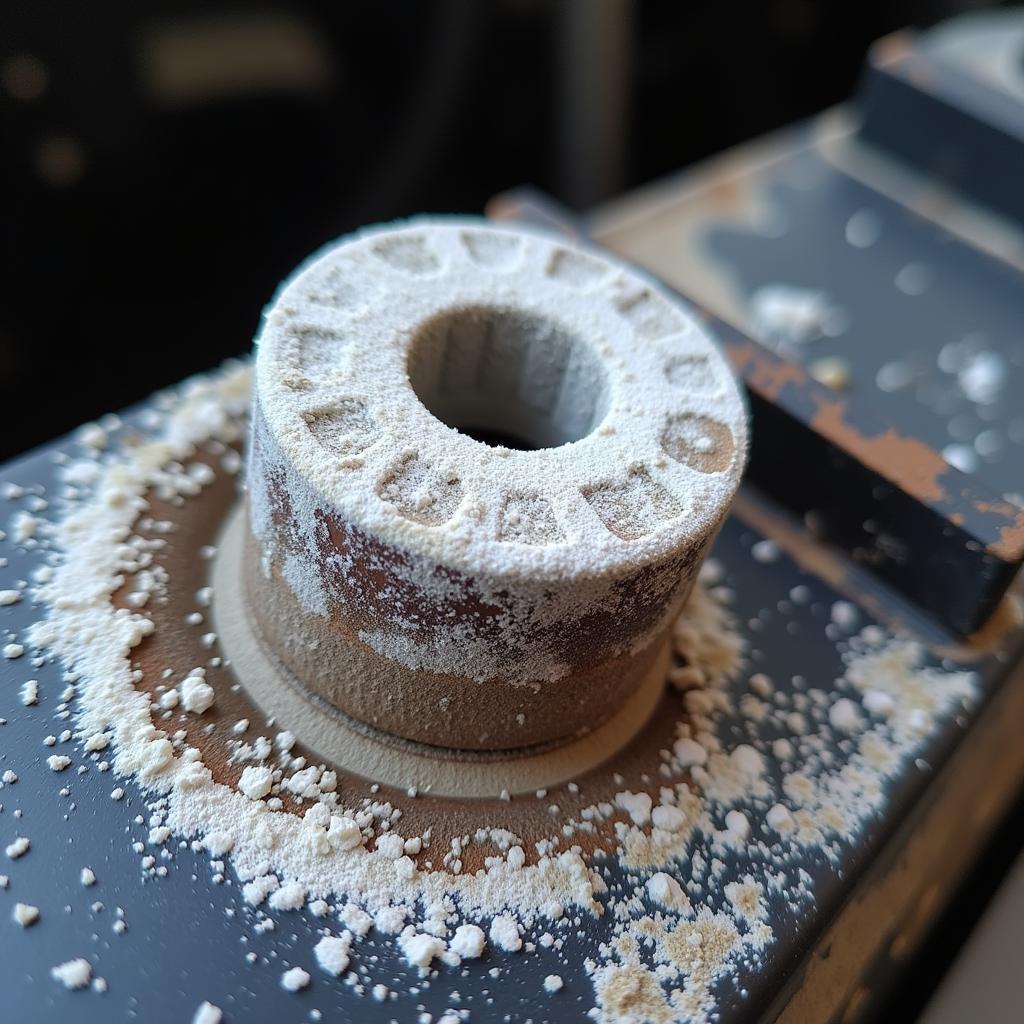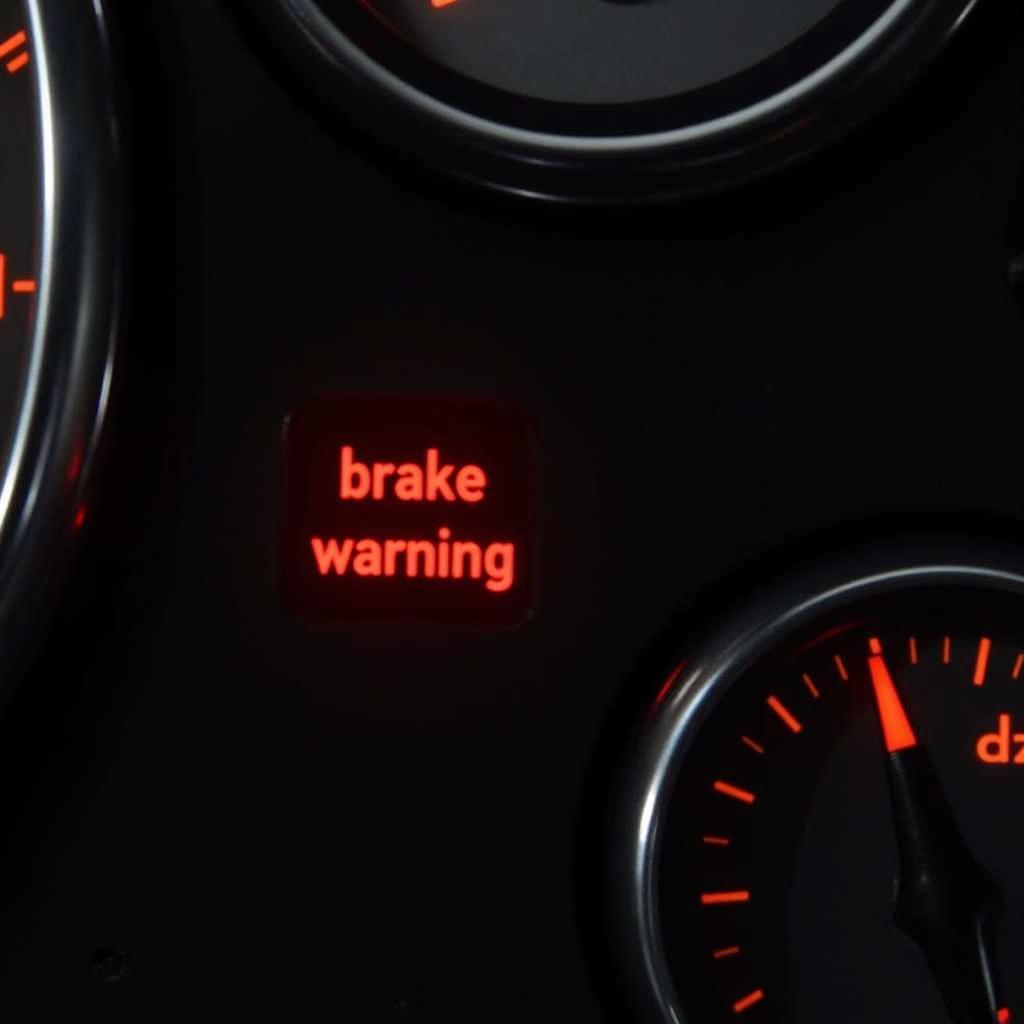A dead battery in your Mitsubishi Pajero can be incredibly frustrating, especially when you’re in a hurry. “Pajero battery drain” is a common search term, indicating many owners experience this issue. This comprehensive guide explores the common causes of excessive battery drain in Pajeros and offers practical solutions to help you get back on the road.
Understanding Why Your Pajero Battery Drains
Several factors can contribute to a Pajero’s battery draining excessively, from simple things like leaving lights on to more complex electrical issues. Identifying the root cause is crucial for effective troubleshooting. Are you constantly jumping your Pajero or replacing the battery? Then it’s time to investigate.
Common Culprits Behind a Draining Battery
- Parasitic Draw: This refers to the electrical current that continues to flow even when the ignition is off. Various components, such as faulty door switches, interior lights, or aftermarket accessories, can contribute to a parasitic draw.
- Faulty Alternator: The alternator recharges the battery while the engine is running. A failing alternator won’t charge properly, eventually leading to a dead battery.
- Old Battery: Batteries have a limited lifespan. An old or weak battery may struggle to hold a charge, especially in cold weather.
- Corroded Terminals: Corrosion on the battery terminals can impede the flow of electricity, preventing the battery from charging properly and causing excessive drain.
- Electrical System Malfunctions: More complex electrical problems, such as shorts or faulty relays, can also drain the battery.
 corroded-battery-terminals-causing-pajero-battery-drain
corroded-battery-terminals-causing-pajero-battery-drain
Diagnosing Your Pajero’s Battery Drain
Pinpointing the exact cause of the battery drain requires systematic troubleshooting. Here’s a step-by-step guide to help you:
- Check the Obvious: Begin by ensuring all lights, interior and exterior, are off. Also, check the glove box and trunk lights. Sometimes the simplest oversight can be the culprit.
- Inspect the Battery and Terminals: Look for any signs of corrosion on the battery terminals. Clean them with a wire brush and baking soda solution if necessary.
- Test the Battery: Use a multimeter to test the battery’s voltage. A fully charged battery should read around 12.6 volts. A lower reading indicates a weak or failing battery.
- Perform a Parasitic Draw Test: This test involves measuring the current draw with the ignition off. A reading above 50 milliamps typically indicates a parasitic draw.
Utilizing Remote Diagnostics and Software Solutions
As a specialist in remote automotive electrical services, I often leverage advanced diagnostic software and programming tools to pinpoint and resolve battery drain issues remotely. These tools allow me to analyze live data from the vehicle’s electrical system, identifying problematic components or software glitches that might be contributing to the drain. In some cases, software updates or reprogramming can effectively address the issue without requiring physical access to the vehicle.
“Remote diagnostics and software solutions are invaluable for quickly identifying and resolving complex electrical issues, especially intermittent problems that are difficult to reproduce in a traditional workshop setting,” says John Smith, Lead Automotive Electrical Systems Engineer at AutoTech Solutions.
Fixing the Battery Drain
Once you’ve identified the cause of the drain, you can take the appropriate steps to fix it.
- Replace a Faulty Battery: If the battery is old or weak, replacement is the best solution.
- Repair or Replace the Alternator: A faulty alternator needs to be repaired or replaced to ensure the battery charges properly.
- Address the Parasitic Draw: This might involve replacing faulty switches, relays, or disconnecting aftermarket accessories.
- Seek Professional Help: For complex electrical issues, it’s best to consult a qualified automotive electrician.
“Regular battery maintenance, including cleaning the terminals and checking the electrolyte levels, can help prevent many battery-related problems,” adds Maria Garcia, Senior Technician at Advanced Auto Repair.
Conclusion
Dealing with a “pajero battery drain” can be a nuisance, but by understanding the potential causes and following the troubleshooting steps outlined in this guide, you can effectively address the issue and prevent future occurrences. Remember, regular maintenance and proactive checks can significantly extend your battery’s life and keep your Pajero running smoothly.
FAQ
-
How often should I check my Pajero’s battery? It’s recommended to check your battery at least every six months, especially before long trips or during extreme weather conditions.
-
Can a car alarm drain my Pajero’s battery? Yes, a faulty or overly sensitive car alarm can contribute to battery drain.
-
How long can a Pajero battery last? A typical car battery lasts between three and five years.
-
What is the best way to clean corroded battery terminals? A mixture of baking soda and water applied with a wire brush is effective for cleaning corroded terminals.
-
Can I jump-start my Pajero if the battery is completely dead? Yes, you can jump-start a Pajero with a dead battery using jumper cables and another vehicle or a portable jump starter.
-
What should I do if my Pajero’s battery keeps draining even after replacing it? If the problem persists, it’s crucial to have a qualified technician diagnose the underlying electrical issue.
-
How can remote diagnostics help with battery drain issues? Remote diagnostics can pinpoint hard-to-find electrical faults and software glitches that contribute to battery drain, saving time and potentially avoiding unnecessary repairs.

